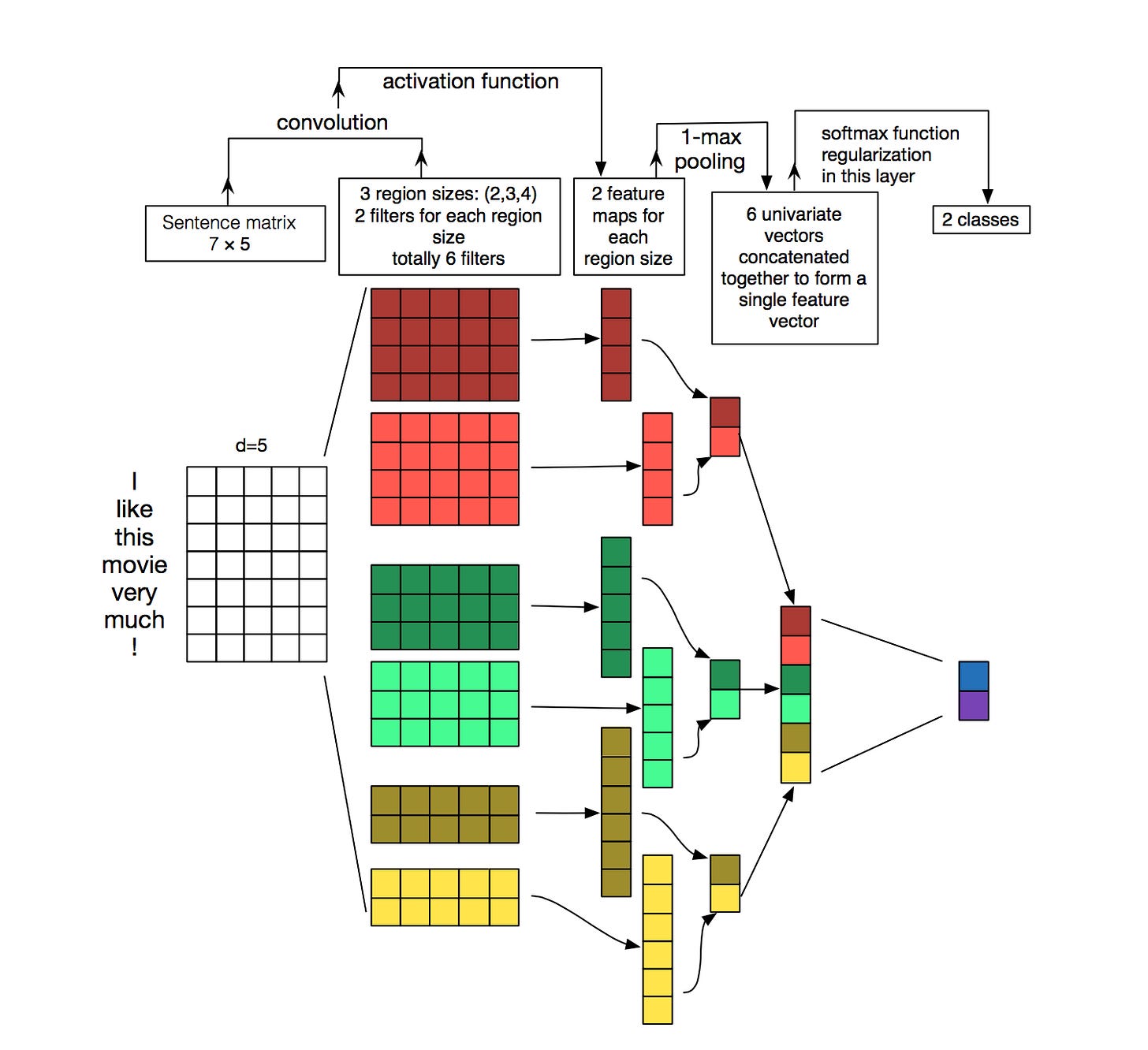What Kagglers are using for Text Classification
With the problem of Image Classification is more or less solved by Deep learning, Text Classification is the next new developing theme in deep learning. For those who don’t know, Text classification is a common task in natural language processing, which transforms a sequence of text of indefinite length into a category of text. How could you use that?
To find sentiment of a review.
Find toxic comments in a platform like Facebook
Find Insincere questions on Quora. A current ongoing competition on kaggle
Find fake reviews on websites
Will a text advert get clicked or not
And much more. The whole internet is filled with text and to categorise that information algorithmically will only give us incremental benefits to say the least in the field of AI.
Here I am going to use the data from Quora’s Insincere questions to talk about the different models that people are building and sharing to perform this task. Obviously these standalone models are not going to put you on the top of the leaderboard, …
Keep reading with a 7-day free trial
Subscribe to MLWhiz | AI Unwrapped to keep reading this post and get 7 days of free access to the full post archives.




